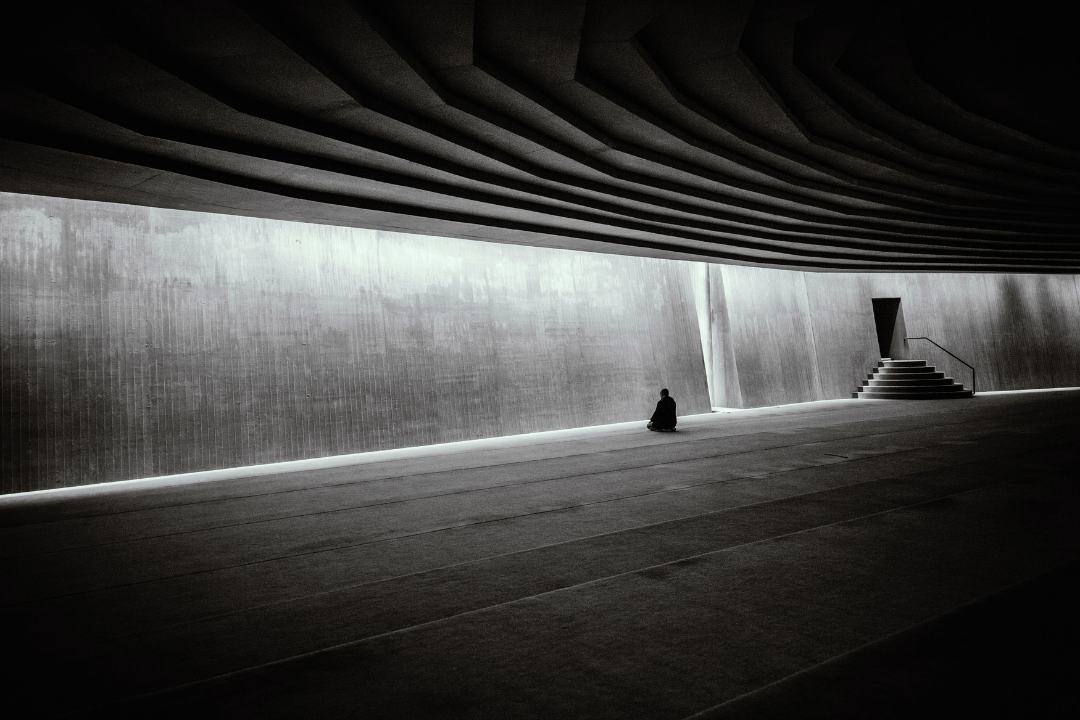Breathwork is a powerful tool for healing as much as for performance.
Its benefits are vast, and it can be used in many ways to help you grow your physical, mental, emotional and spiritual well-being.
Let’s take a closer look at the benefits of breathwork, the different types of breathwork, and the potential side effects of breathwork.
What is Breathwork?
So, what exactly is breathwork meditation? Breathwork refers to breathing exercises that are used to stimulate the autonomic nervous system. This system is responsible for controlling all the involuntary bodily functions, such as heart rate, digestion, and perspiration.
The autonomic nervous system can be divided into two parts: the sympathetic nervous system and the parasympathetic nervous system.
The sympathetic nervous system is responsible for our "fight-or-flight" response. When this part of the nervous system is activated, the heart rate increases, the lungs take in more air, and blood flow is directed to the largest muscles in the body. This prepares us for physical activity, whether we are fighting or fleeing.
The parasympathetic nervous system, on the other hand, is responsible for our "rest-and-digest" response. When this part of the autonomic nervous system is activated, the heart rate slows, digestion improves, and we feel relaxed.
Breathwork helps to activate the parasympathetic nervous system, which is why it's such a powerful tool for relaxation and stress relief.
Benefits of Breathwork
From performance to spirituality, there are many benefits of breathwork. Some of the most notable benefits include:
Increased Oxygenation: When we practice breathwork, we take in more oxygen. This increased oxygenation of the blood can help to improve our energy levels, mental clarity, and physical performance.
Improved Circulation: Breathwork also helps to improve our circulation. This is because it helps to activate the circulatory system, which carries nutrients and oxygen around our body.
Improved Digestion: Breathwork can also help to improve our digestion. This is because it helps to activate the both the circulatory system and digestive system, which improves blood flow to the stomach and intestines.
Reduced Stress and Anxiety: Perhaps the most popular reason that people perform breathwork is due to its ability to reduce stress and anxiety. It helps to calm the mind, soothe emotions, and restore mental balance.
Improved Sleep Quality: Breathwork can effectively prepare the body for sleep and help to improve your sleep quality. Continuing with the point above, since breathwork helps to relax the mind and body, it reduces tension and that surge of fight-or-flight hormones such as cortisol that tend to keep us awake at night.
Spirituality and Shadow Work: Breathwork can also provide spiritual and overall well-being benefits. It can help us to connect with our inner self while experiencing deep states of relaxation and peace. Many people use breathwork to guide them through shadow work, which is a process of recognizing and integrating those parts of your personality you’ve exiled or deemed “bad.” On the same note, breathwork is a fantastic way to cut through the mind chatter and increase productivity.
Different Types of Breathwork
There are three main types of breathwork that you can do on your own in the comfort of your own home. While there are multiple forms of breathwork, these three in particular have the greatest amount of literature, courses, and free videos that can help you get started right away.
For all of these types of breathwork, we highly recommend, you will need a comfortable place to sit or recline, and some headphones so that you can listen to music or nature sounds.
1. Holotropic
The first type of breathwork is called holotropic. This type of breathwork is based on the work of Stanislav Grof, a Czech psychiatrist who developed the theory of holotropic breathwork.
Holotropic breathwork uses deep, rapid breathing to produce an altered state of consciousness. The goal of this type of breathwork is to help you access your inner-guidance and connect with the power of the subconscious mind.
2. SOMA
The second type of breathwork is called SOMA. This type of breathwork is based on the work of Osho, an Indian mystic who developed the theory of SOMA breathwork.
SOMA breathwork uses a combination of deep breathing and body movement to produce an altered state of consciousness. The goal of this type of breathwork is to help you access your inner-power and intuition.
3. Wim Hof Method
The third type of breathwork is called the Wim Hof Method. This type of breathwork is based on the work of Wim Hof, a Dutch extreme athlete who developed the theory of cold breathwork.
Wim Hof breathwork uses a combination of timed deep breathing and cold exposure to produce an altered state of consciousness. The goal of this type of breathwork is to help you access your inner-strength and power. It’s especially effective for improving your mental toughness.
What is the Purpose of Breathing Exercises?
The purpose of breathwork is to help us access our inner-guidance, intuition, and power. Breathwork can be used for personal growth and development, self-healing, and spiritual exploration. It can also be used to reduce stress and anxiety, improve digestion, sleep quality, and inflammation in the body.
Dangers of Breathwork
While breathwork is generally safe, the only side effect that you should be aware of is hyperventilation. This occurs when you breathe too deeply and rapidly simultaneously.
The most common side effects associated with hyperventilation include the following:
- Ringing in the ears
- Lightheadedness
- Tingling sensation
- Numbness
- Dizziness
- Fainting
In general, these side effects are mild and quickly disappear once the breathwork is stopped. If practiced consistently, these side effects tend to lessen or go away altogether.
References
- Zaccaro A, Piarulli A, Laurino M, et al. How Breath-Control Can Change Your Life: A Systematic Review on Psycho-Physiological Correlates of Slow Breathing. Front Hum Neurosci. 2018;12:353. Published 2018 Sep 7. doi:10.3389/fnhum.2018.00353.

